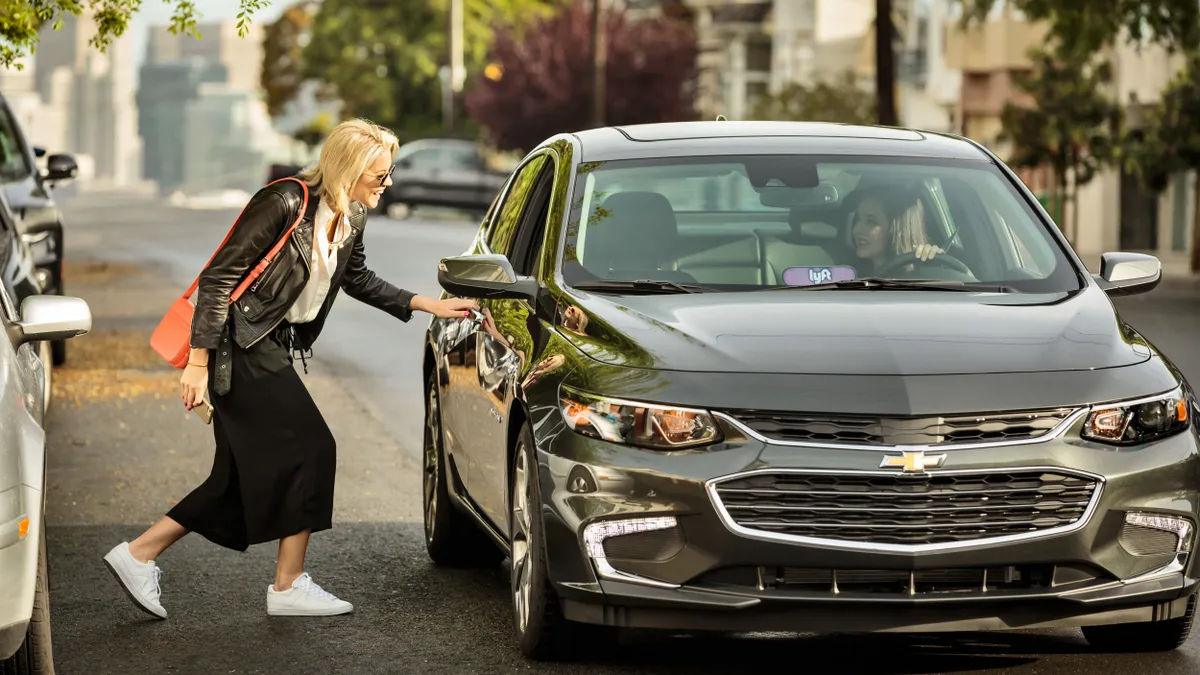Quick Facts
Ride-sharing services
-
First came to market:
2010-11
-
Americans who have used a mobility app:
30%
-
Market Worth:
$108B
Demographics:
Most users are between the ages of 25 and 34 and about 60% of passengers are male.
Most popular services:
Uber (global), Lyft (USA) and Didi Chuxing (China).
Outlook:
The market is expected to grow to $285 billion in the next 13 years.
During a year of faulty subway systems and unreliable bus services, one transit trend rose above the rest to keep city dwellers moving: ride-sharing.
To some, the concept is a bit crazy: You use your phone to request a ride, a car shows up in about five minutes, you hop in with a stranger and then arrive at your destination without even bothering to grab your wallet when exiting the car.
Yet, the concept has become a staple of city mobility. The core reasons behind this are convenience, cost and the "broken" car ownership industry.
"The majority of our cars are only driven 4% of the time. The majority of the cars that you own and operate are sitting parked in front of your office, parked in a parking lot or out in front of your house. That's inefficient," explained Lyft General Manager Steve Taylor at a recent smart city discussion in Washington, D.C. "Oh and by the way, when you're driving your car, only 20% of the car is utilized. There's four empty seats in that car. If that were a business ... you'd go out of business."
Lyft has capitalized on these statistics to convert car owners into ride-share users since its launch in 2012. Uber, its biggest competitor and the world's largest ride-sharing service, went live in 2010 and has since reached 616 cities worldwide. 2017 became the year of ride-sharing due to the number of companies that are now following that lead — and the number of cities trying to get in on the action via partnerships.
While apps like Juno and Safr just entered the market this year, others — Via, Summon, HopSkipDrive, Fasten, Wingz, and more — are starting to ramp up their services in the face of growing competition. This competition has also caused some companies to lower their prices, giving cities more incentive to partner with them as a public transit options, most often in the space of "first mile, last mile." In October, Lyft launched a pilot program in Phoenix to offer discounted rides to and from bus stops, and in November, Via partnered with West Sacramento, CA and Arlington, TX for a new, cheap transit alternative.
Looking Forward
With the rise of autonomous vehicles and the decline of car ownership, the market for ride-sharing services is bound to open more. In fact the market for all types of shared services — bike-shares, scooter-shares, even flying taxis — will drive the future of mobility. And though it will take time, it is likely that parking garages, driveways and street-lined parking will be nearly obsolete in decades to come.














